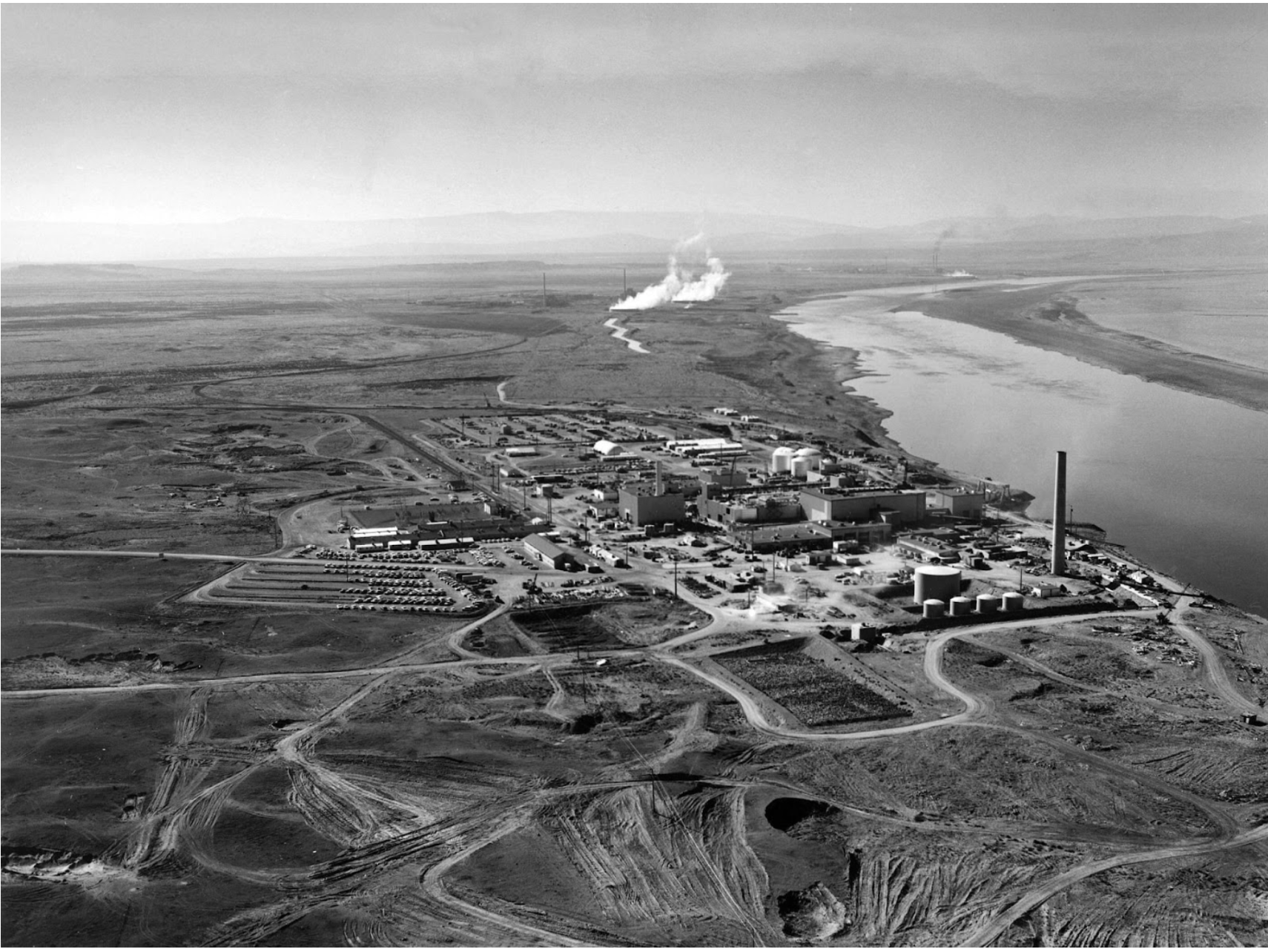US and China Trade Talks

Top negotiators from the United States and China are convening in Geneva for crucial trade talks aimed at de-escalating a trade war that has impacted global supply chains and economic growth. These discussions mark the first face-to-face meeting between senior officials since President Donald Trump imposed 145% tariffs on Chinese imports in early April. While hopes for a major breakthrough remain tempered, the meeting signifies a mutual acknowledgment of the significant costs associated with prolonged trade tensions.
U.S. officials, led by Treasury Secretary Scott Bessent and Trade Representative Jamieson Greer, intend to use the talks as an opportunity to ease tensions rather than finalize a comprehensive trade agreement. Similarly, Chinese negotiators, headed by Vice Premier He Lifeng, are approaching the discussions cautiously, seeking signs of U.S. compromise before making concessions. Despite differing views on who initiated the meeting, the willingness of both nations to engage is viewed as a positive step.
Trump has articulated multiple objectives in pursuing a trade war with China, emphasizing the need to open China’s market to American businesses and combat what he views as unfair trade practices. He seeks to replicate aspects of a prior trade deal that aimed to increase China’s imports of U.S. exports by $200 billion over 2020 and 2021, a target China failed to meet. Bessent has stated that the Trump Administration will consider China’s noncompliance during future trade negotiations.
Despite Trump’s assertion that the talks will be “substantive,” expectations for an immediate resolution are low. Possible outcomes include a temporary halt in tariff increases or an agreement to continue discussions. Key issues, such as U.S. demands for market access and China’s desire to maintain its economic model, are likely to remain contentious. Some analysts believe China holds a stronger negotiating position due to the U.S.’s reliance on Chinese goods, China’s development of alternative markets, and President Xi Jinping’s secure political standing. Adding pressure on Trump, U.S. businesses and consumers have felt the impact of the tariffs.
Ahead of the Geneva talks, Trump suggested an 80% tariff on Chinese goods, linking this potential move to Treasury Secretary Scott Bessent. He emphasized that China should open its market to U.S. goods. Meanwhile, U.S. stock indexes opened higher as investors assessed Trump's remarks, with indexes rising for the third straight day. China's exports grew by 8.1% year-on-year in April, despite the tariffs, exceeding expectations.
Analysts suggest that a partial reversal of tariffs is a likely outcome, with projections of effective U.S. tariff rates on Chinese goods potentially decreasing from 107% to 45% by year-end. Senior U.S. officials have expressed optimism about the talks, aiming to de-escalate trade barriers. However, China has firmly stated its demand for the Trump administration to cancel all unilateral tariffs.
During the talks, China might offer concessions, such as increased efforts to combat fentanyl flows, potentially leading to a near-term removal of fentanyl-related tariffs. While comprehensive deals may be challenging to achieve, both sides have sought to mitigate economic pain by exempting tariffs on various goods. Attempts to reach a comprehensive agreement similar to the Phase One deal are viewed as unlikely, given differing priorities and economic red lines.
Recommended Articles
Curtain Falls: Stephen Colbert's 'Late Show' Axed, Set for 2026 Grand Finale

"The Late Show with Stephen Colbert" is set to end in 2026, a decision CBS attributes to financial challenges, yet the t...
Trump Signs New Stablecoin Law to Boost Dollar's Global Power - PakTribune

WASHINGTON – In a major move to strengthen the U.S. dollar and bring digital currencies under regulation, former Preside...
Trump approves stablecoin legislation with GENIUS Act

In a significant development for the cryptocurrency sector, President Donald Trump and Congress have rolled out new regu...
Trump signs crypto bill, cloud mining becomes popular - GMO Miner allows you to earn $8,600 a day

With President Donald Trump signing the Guidance and Establishment of a National Innovation for Stablecoins in the Unite...
Crypto breaches $4tr in market value

Regulatory clarity institutional flows drive sector to new peak
You may also like...
1986 Cameroonian Disaster : The Deadly Cloud that Killed Thousands Overnight

Like a thief in the night, a silent cloud rose from Lake Nyos in Cameroon, and stole nearly two thousand souls without a...
Beyond Fast Fashion: How Africa’s Designers Are Weaving a Sustainable and Culturally Rich Future for

Forget fast fashion. Discover how African designers are leading a global revolution, using traditional textiles & innov...
The Secret Congolese Mine That Shaped The Atomic Bomb

The Secret Congolese Mine That Shaped The Atomic Bomb.
TOURISM IS EXPLORING, NOT CELEBRATING, LOCAL CULTURE.

Tourism sells cultural connection, but too often delivers erasure, exploitation, and staged authenticity. From safari pa...
Crypto or Nothing: How African Youth Are Betting on Digital Coins to Escape Broken Systems

Amid inflation and broken systems, African youth are turning to crypto as survival, protest, and empowerment. Is it the ...
We Want Privacy, Yet We Overshare: The Social Media Dilemma

We claim to value privacy, yet we constantly overshare on social media for likes and validation. Learn about the contrad...
Is It Still Village People or Just Poor Planning?

In many African societies, failure is often blamed on “village people” and spiritual forces — but could poor planning, w...
The Digital Financial Panopticon: How Fintech's Convenience Is Hiding a Data Privacy Reckoning

Fintech promised convenience. But are we trading our financial privacy for it? Uncover how algorithms are watching and p...